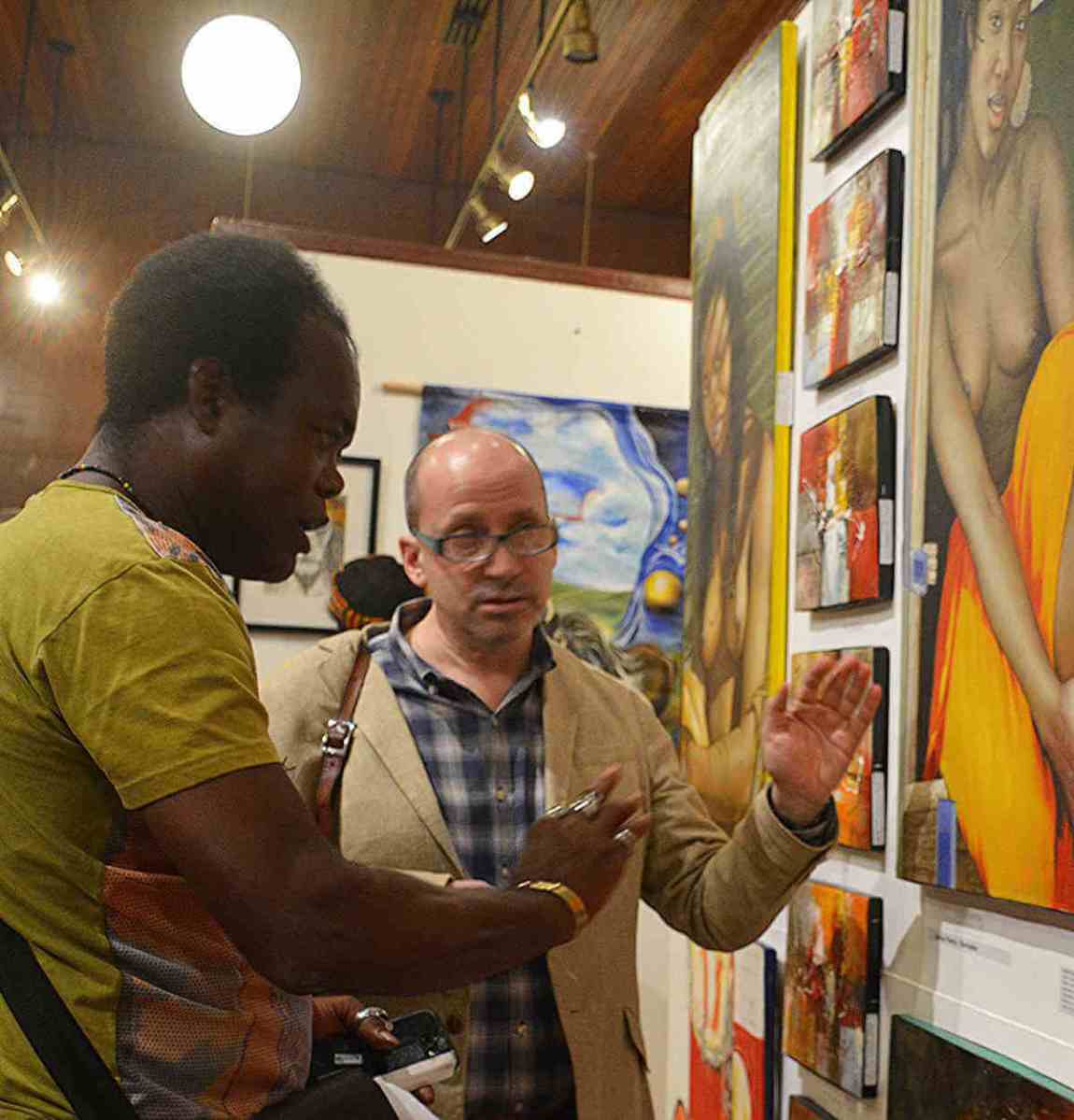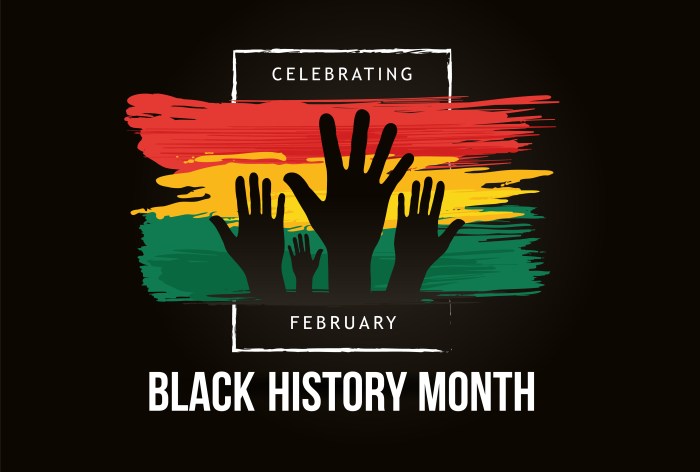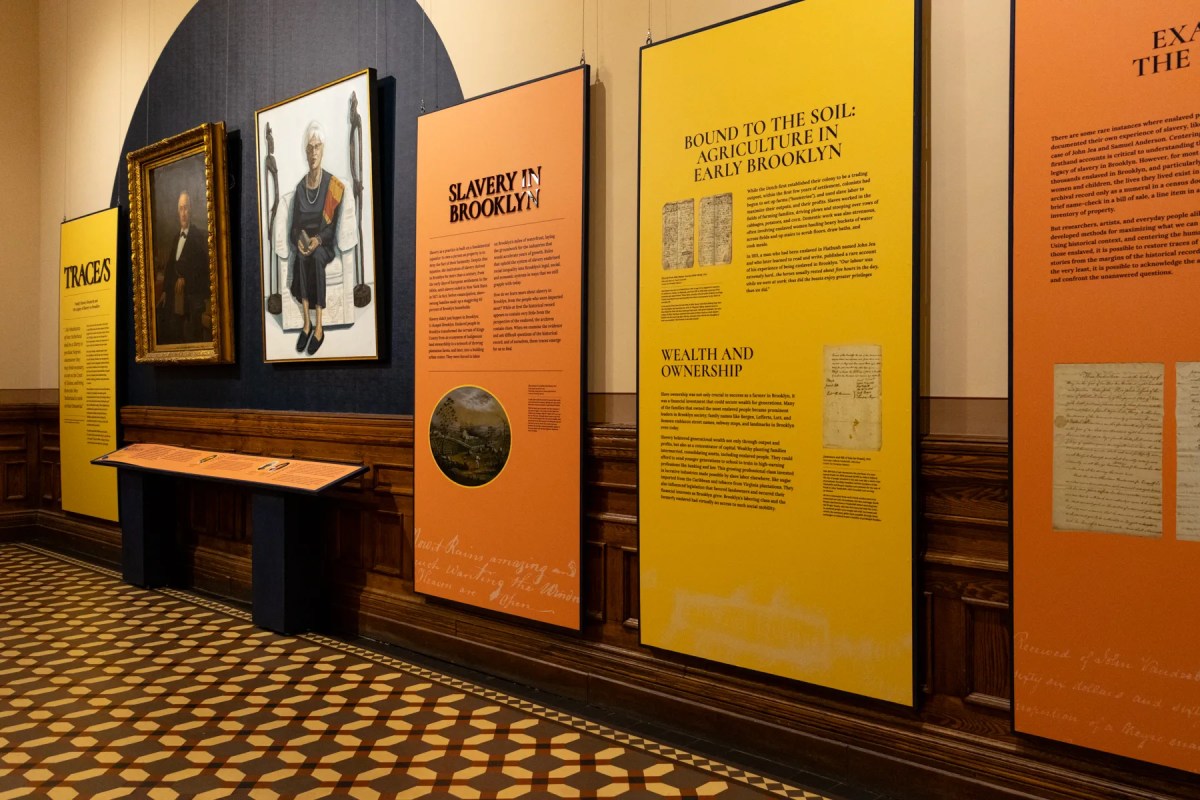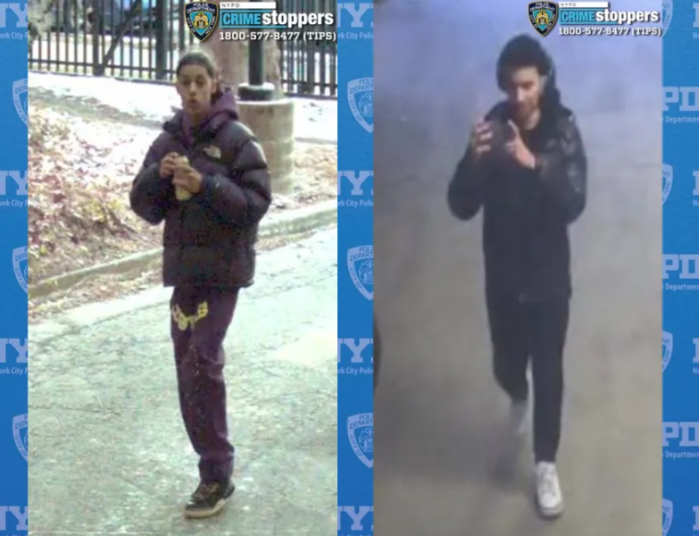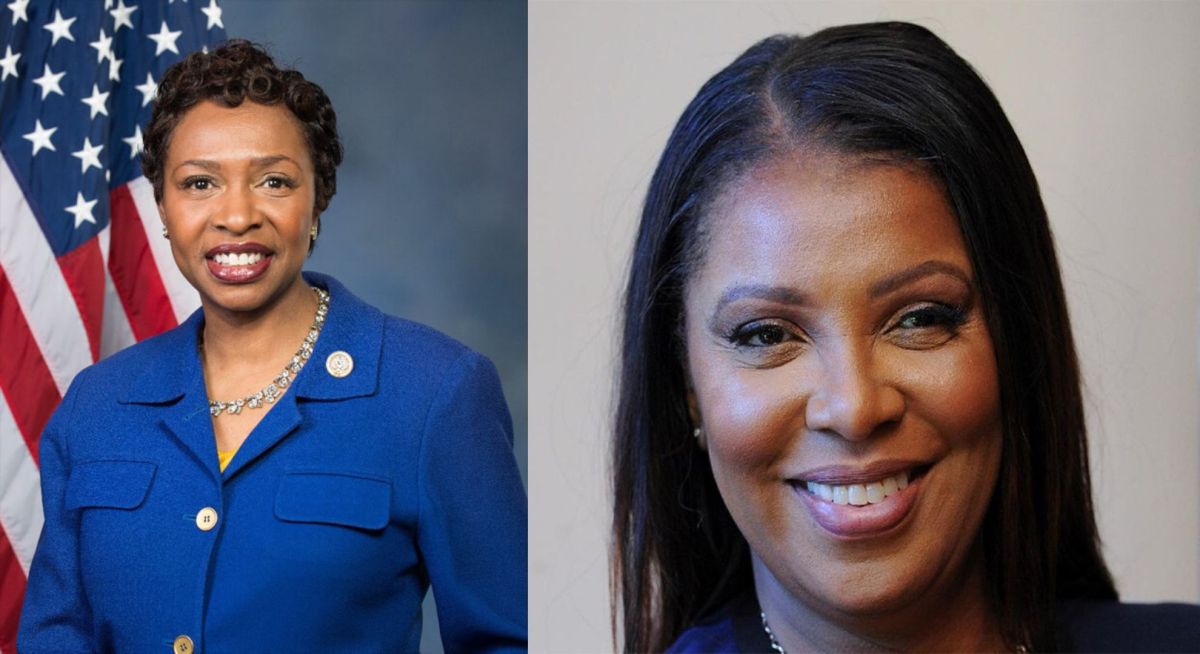Societies turn to the creative minds within their midst to colorfully document incidents within the passage of time that altogether make up the history of communities, so it was no wonder that a forum grouping Caribbean artists was chockful of stories.
Regional illustrators along with those from Motherland Africa and the Diaspora came together in the Courtney Blackman Grand Salle of the Barbados Central Bank for the 9th Annual Caribbean Fine Art Fair (CAFA) over three days from March 6 to 8.
Within that makeshift gallery people of the region and wider afield displayed their creations on canvas and sculpture that told us about ourselves, what we go through daily.
Among the notable illustrations of Caribbean living is the arresting portrayal of suffering, which the region’s people are subjected following the storms that sweep across these small states every year.
There is an uncontrolled exposure, a sense of bareness that overcomes a person when all earthly possessions are violently ripped away, taken in a suddenness that moves the hapless loser to gasp, then weep openly and unashamedly in naked revelation.
Such is the experience, even repeated, of some Caribbean residents who endure six months every year of storms and threats of storms.
When these tightly wound-up powerful cyclones hit land in the form of hurricanes or tropical storms, they tear apart flimsy Caribbean dwellings and gusts bring water surges to wash away as debris fragments of houses and all material things therein leaving former occupants feeling uncovered and in despair.
This is the story of ‘Erika’ a painting by Aaron Hamilton.
The artist’s depiction of this familiar Caribbean phenomenon should ring home true to anyone who lived through one of those storms.
“I am trying to capture the emotions of individuals. How they felt after that storm. How you can go to sleep one night and when you wake up in the morning you’re totally naked. Everything washed away. You feel so vulnerable,” explained Hamilton, a Dominica native, “… the vulnerability of human beings in meeting a disaster.”
Described as the most devastating act of weather to hit the island since Hurricane David of 1979, Tropical Storm Erika of 2015 brought winds and heavy rainfall to Dominica.
Of course, Maria of 2017 has since eclipsed Erika’s devastation.
The Erika of Hamilton’s painting shows a typically ample Caribbean woman, the giver of life, naked in a mournful state amidst the rain as the home and its contents, that combined make up her clothes, are washed away.
“My pieces reflect some of the issues that we have after a tropical storm,” said Hamilton, who is one of some 22 artists and sculptors whose work was on display.
Then there was Barbadian Junior Leroy Parris who presented contrasting creations. Some are for the demanding eye and spirit of the art connoisseur, and others simple but appealing — not least because they were of a young female half-clothed subject.
“Most of the paintings that you see in here I have done some of them in classical style and some that I have collected are done in contemporary style,” he stated in a handout.
Dominican Earl Etienne mixed ‘social realism with cultural, economic and social aspects of life.’
He focussed on some of the Caribbean first people, the Kallinagos, and some of the people who were brought for their labour, the Twi mostly of what is now called Ghana.
“They depicted themselves like stick figures. You could find this in Guadeloupe in rock carvings, or petroglyphs,” he said of the Kallinagos, whom he displayed in stick-like form and what he said was the way Europeans saw them.
“This is an African retention,” Etienne said of the Sensay [Ghanaian: Senseh] costume depictions.
He explained that those Motherland pieces were themed African Retention because of, “the spiritual ritual from [West] Africa that is retained in Dominica, manifested during Carnival.”




